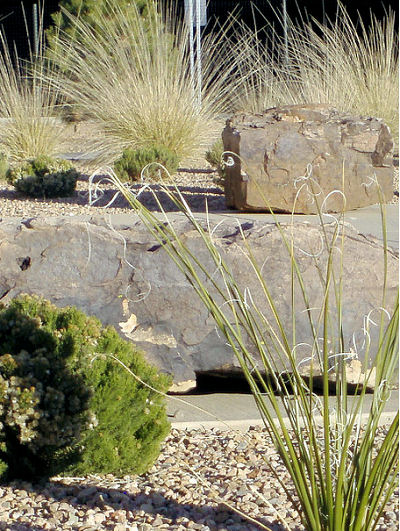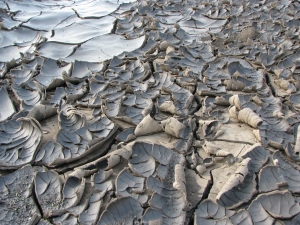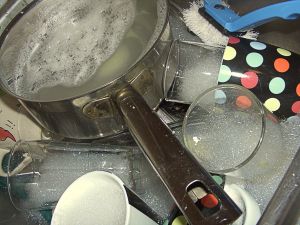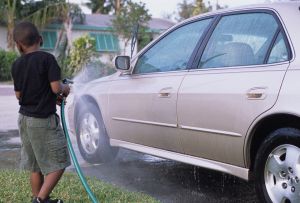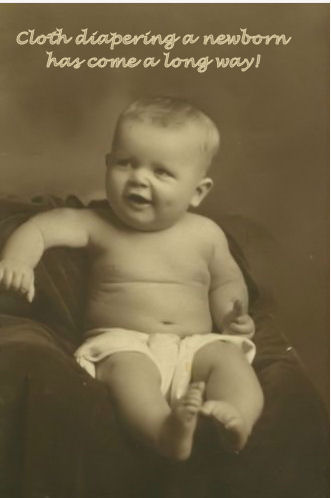
We were all cloth diaper newbies at one time or another although cloth diapering a newborn comes as natural to me these days as brushing my teeth; I've been at it that often and that long. Sigh...many loads of laundry have passed since I took a crash course in cloth diapering 101. In fact, when I had my first baby I had quite a few boxes of disposables in my stash since I was still working full time and had read that using cloth diapers were not going to solve the planet's environmental problems.
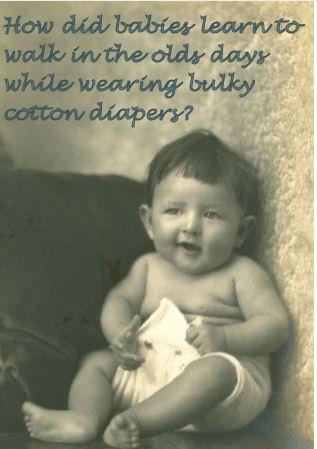
|
Yes, I was all ready to wrap my baby girl's bottom in a disposable diaper until her sensitive skin that was already broken out in (what we believed to be at the time) eczema added diaper rash to the mix. At my wit's end, research convinced me that it would be wiser (and CHEAPER) to diaper with organic cotton.
QUESTIONS ABOUT CLOTH DIAPERING A NEWBORN
As a cloth diapering newbie, I had SO MANY questions about cloth diapers. Here's the short list stuff I wanted and needed to know:
- What kind of cloth diaper should I buy?
- What was the best brand of diaper
- Where could I find deals on cloth diapers to ease the initial investment
- How do you wash baby poop out of cloth diapers? Would I have to swish them in the (GAG) toilet bowl?
- What kind of detergent is best to use when washing cloth diapers?
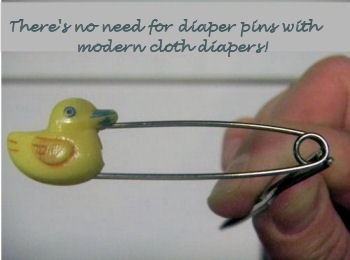
And I'm sure there were many, many more including a real dumb one; How do you secure the diaper on the baby? Do you still use those old-fashioned safety pins?
Yes, I was perhaps worse than a cloth diapering newbie; I was a cloth diapering IDIOT! You may be curious as to why I knew absolutely nothing about cloth diapering a newbown but you see, I never held a baby until I held my own. There were no babies in my family when I was a kid. The only babies I saw getting their diapers changed were on TV and the cameras tend to not do closeups of the business end of a diaper change so my early education in Cloth Diapering 101 was sketchy at best.
As you might imagine, making the jump from using disposable diapers to a full-on campaign of diapering with cloth was kind of scary. And then came the opinionated in-laws to throw a guilt trip on me.
Their rants covered everything from "Do you know how much all those cloth diapers are going to cost?" and "Who's going to wash all those diapers?" to "Are you turning into some kind of a fanatic?".
Their generation apparently believes that disposables are the best invention since sliced bread but what do they know? They are the geniuses that over-dosed us all on antibiotics which is most likely the reason my husband and daughter have MRSA!
So that YOU will not have to go through the torment that I did, I'm going to post a complete series of instructions to show you how to cloth diaper a newborn and share the answers to all of the questions that I had in very beginning. I was thinking of calling the series Cloth Diapering for Dummies but that's kind of insulting. My moms are NOT dummies so I'm calling it Claire's Cloth Diapering a Newborn 101 so stay tuned!
